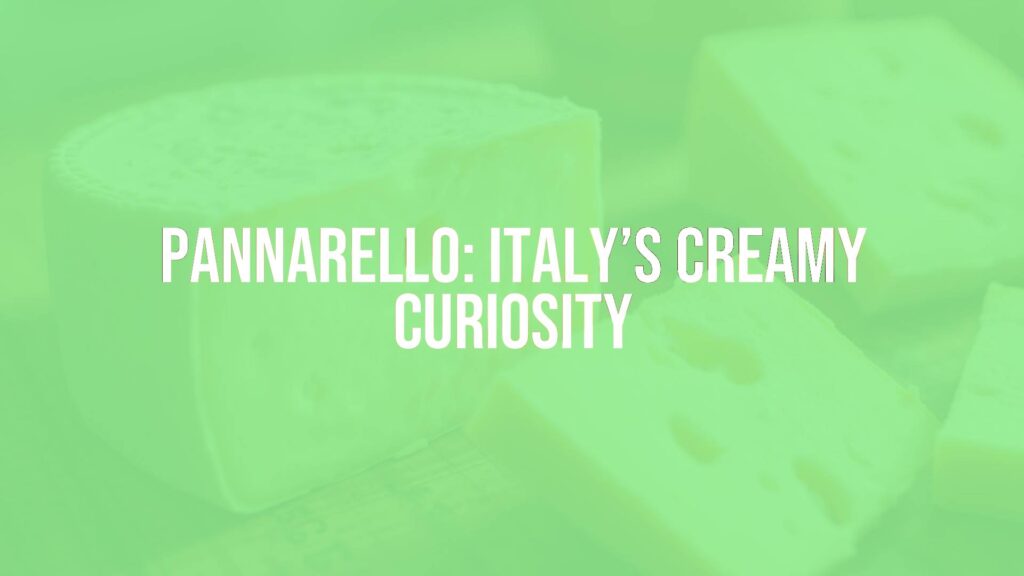Discovering Pannarello: An Uncommon Italian Cheese
Pannarello is a lesser-known treasure among Italy’s vast repertoire of cheeses, attracting the curiosity of connoisseurs eager to explore regional specialties beyond the classics. Distinguished by its soft texture and delicate flavor, Pannarello stands out as a testament to Italian dairy craftsmanship, particularly in areas where local ingredients and time-honored traditions rule the palate.
Profile and Characteristics
What sets Pannarello apart is its distinctly creamy and supple consistency, which is achieved through a specific balance of cow’s milk and careful attention during the curd formation. This cheese typically boasts a pale, ivory hue and a thin, edible rind. The flavor is subtle and slightly lactic, with hints of fresh milk and a mild sweetness that makes it approachable even for those new to artisan cheeses.
From Pasture to Table: A Brief History
Pannarello has roots that can be traced to pastoral regions of northern and central Italy, where small-scale dairy producers developed it to make the most of peak milk seasons. Its name, derived from “panna”—the Italian word for cream—hints at its unctuous mouthfeel. Although less famous than its Parmesan or Gorgonzola counterparts, Pannarello reflects a localized cheese-making history, where families would craft it for home consumption or local markets, contributing to its status as a hidden gem.
Production Approach
The production of Pannarello revolves around fresh, high-quality cow’s milk and traditional methods. Cheese makers gently warm the milk, create a soft curd, and allow it a short maturation period, which keeps the texture lush and the flavor milky. Unlike the longer-aged Italian cheeses, Pannarello is usually enjoyed while still young, maximizing its freshness.
Regional Enjoyment and Serving Traditions
Locally, Pannarello is enjoyed in simple ways that highlight its delicate charm—often sliced into rounds and served with crusty bread, or paired with young, crisp white wines from neighboring vineyards. It is also common to see Pannarello as part of a mixed antipasto platter, where its gentle creaminess offers contrast to cured meats and tangy pickled vegetables. In some regions, it is drizzled with olive oil and fresh herbs for a rustic appetizer or light meal.
Pairings and Culinary Uses
Pannarello’s mildness means it harmonizes beautifully with sweet or savory elements. Try it alongside fruit preserves, honey, or roasted nuts to accentuate its rich dairy notes. Among wines, light-bodied whites or even sparkling varietals highlight Pannarello’s freshness without overwhelming its quiet character. Within the kitchen, Pannarello quickly melts, making it suitable in refined panini or as a creamy finish stirred into risotti and vegetable tarts—though purists argue that its unadulterated flavor is best savored plain.
Cultural Significance
Although it may lack the international renown of other Italian cheeses, Pannarello embodies the spirit of Italy’s regional gastronomy—where the everyday and the exceptional often meet at the family table. Its production and appreciation remain rooted in small communities and local traditions, ensuring that each wheel tells a unique story of landscape and people.
Serving Tips and Suggestions
Allow Pannarello to reach room temperature before serving to bring out its softest texture and most nuanced flavors. Slice just before eating to keep its surface moist and inviting. For a quintessential Italian touch, pair it with olive oil, sea salt, and a few shavings of truffle when in season—a simple yet indulgent way to enjoy this creamy classic.

